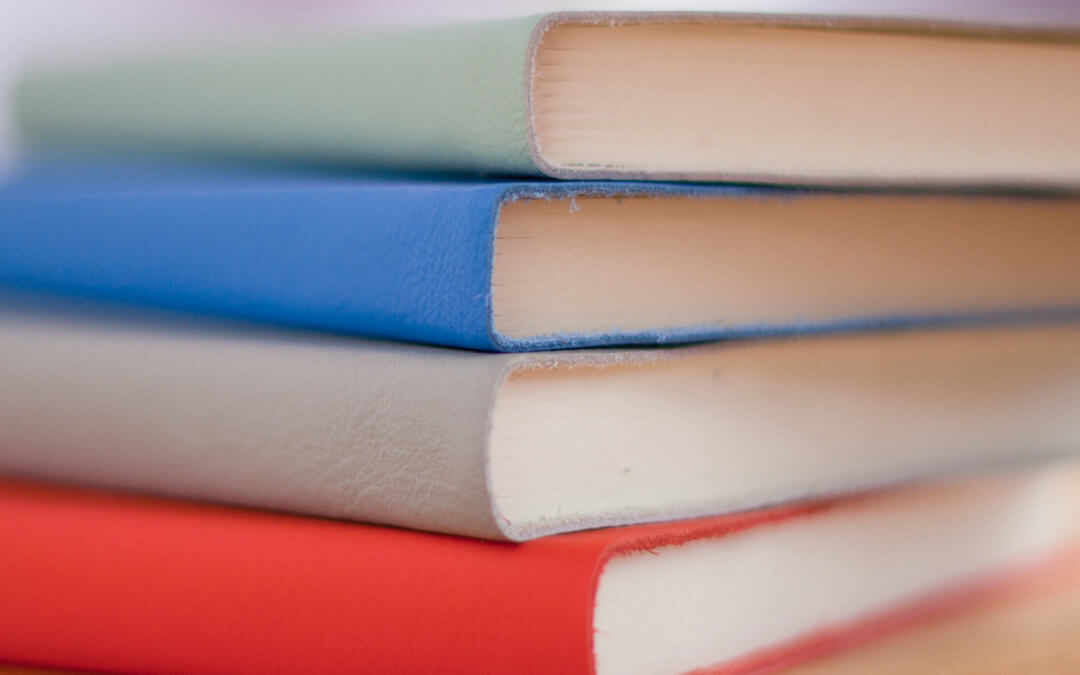The first words out of my son’s mouth at school pick up last night were “Have you got any money?” My indignation at such a greeting was quickly dispelled by the realisation that both my children were desperate to visit the school book fair. Squeezing into the hall, I joined the crowd of parents who were immediately supportive of the notion of spending money to feed their child’s appetite for reading.
As soon as children start in reception, schools send reading books home to encourage adults and children to spend time together sharing a book. The strong focus on home reading books creates a clear culture about the importance of reading, which parents understand as an important element of supporting writing and literacy skills. However, research suggests that numeracy skills are actually more significant to life chance and future success than literacy skills. You can read that research here.
The focus on developing maths learning at home is less consistent, and many schools don’t give maths homework to KS1 children. This can leave parents feeling confused about how they can support their child’s maths at home. Worryingly, there are several KS1 maths ‘work books’ available online and in bookshops, implying that supporting maths learning at home is about giving children worksheets and ‘sums’. This cannot be further from the truth, and is possibly the fastest and most effective way of turning your child off maths.
The good news is that children’s story books are a fantastic way of bringing maths to life, helping children to realise that maths is everywhere in the world around them. Most story books cover key mathematical concepts such as change, comparison, quantity, measurement, position and direction.
“Books give a soul to the universe, wings to the mind, flight to the imagination, and life to everything.” Plato
Here are some absolutely cracking story books about maths that we have enjoyed in our house, which could make the perfect Christmas gift for KS1 children.
A squash and a Squeeze
A fun problem solving book which focuses on space and measures, and the concept of making things bigger and smaller. Discuss what changed (the number of occupants) and stayed the same at each point in the story (the size of the house).
What else? Count how many feet/ears/eyes are in the house at different points in the story. Which animals would you have in your house and why? Is it better to have 2 pigs and 1 chicken, or 8 chicken and 1 cow? Convince me!
The Queen’s Knickers
A hilarious mathematical story book which focuses on pattern and quantity. Discuss the different patterns and designs of the knickers, and ask the children how many different ways they can think of to group the knickers. What rules do they come up with to group them (colour, pattern, material etc.)
What else? How many socks do you have? What about pairs of socks? How many spotty/blue/stripey etc. How many pairs of socks might fit in this bag? I’ve got 18 socks. How many people could wear them?
Spinderella
A spider’s quest to learn about numbers in order to organise a football team creates great opportunities to discuss multiplication and division, and gives a really positive message about the power of mathematics.
What else? How many children sit at each table in the classroom? Use the school map to give me directions from the classroom to the dining hall. If you had a football team of dogs, how many football boots would each player need to wear? How many football boots altogether?
One is a Snail: Ten is a Crab
A really enjoyable and clever mathematical story book that gets children thinking about the concept of multiplication and scaling by comparing feet. Discuss what changed (the number of feet, the creature) and stayed the same at each point in the story (always one creature).
What else? I wonder what creatures you could use to make 20 legs? If I had 2 creatures in my pocket, what are the greatest and smallest number of legs I could have?
Many of the story books you already have at home will contain lots of maths, and it is simply about changing your focus when reading them with your child. Mathematical story books allow you to bring maths to life for your child, providing a motivating and meaningful context in which to discuss and think about maths together.
The videos we’ve included in this blog were ones we found by quickly searching Youtube. We’ve included them to help bring the stories to life but this external content is not produced or controlled by Student Navigator.
When we’re not reading books to uncover mathematical content, we can be found helping primary school children feel more confident about their learning. For more information on our primary mentoring, click here.

